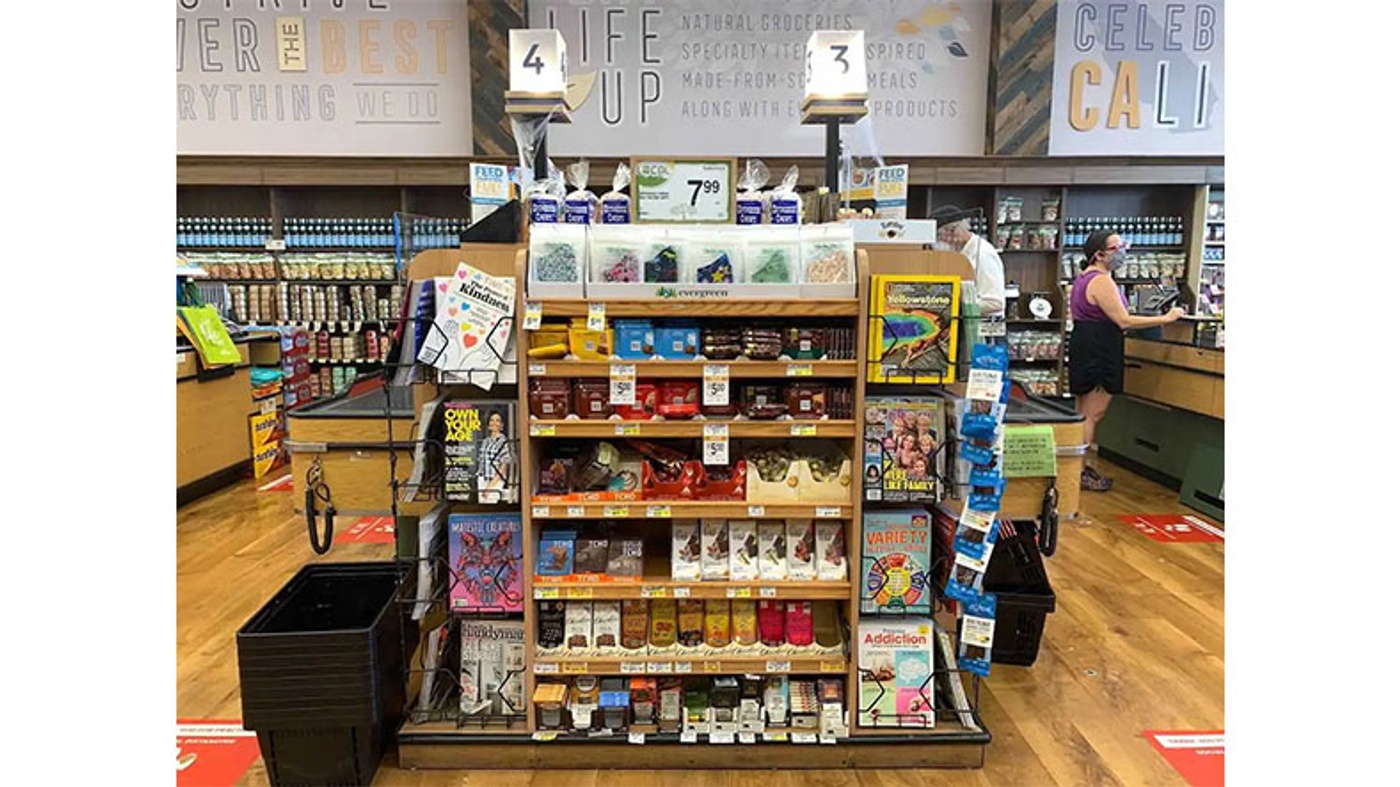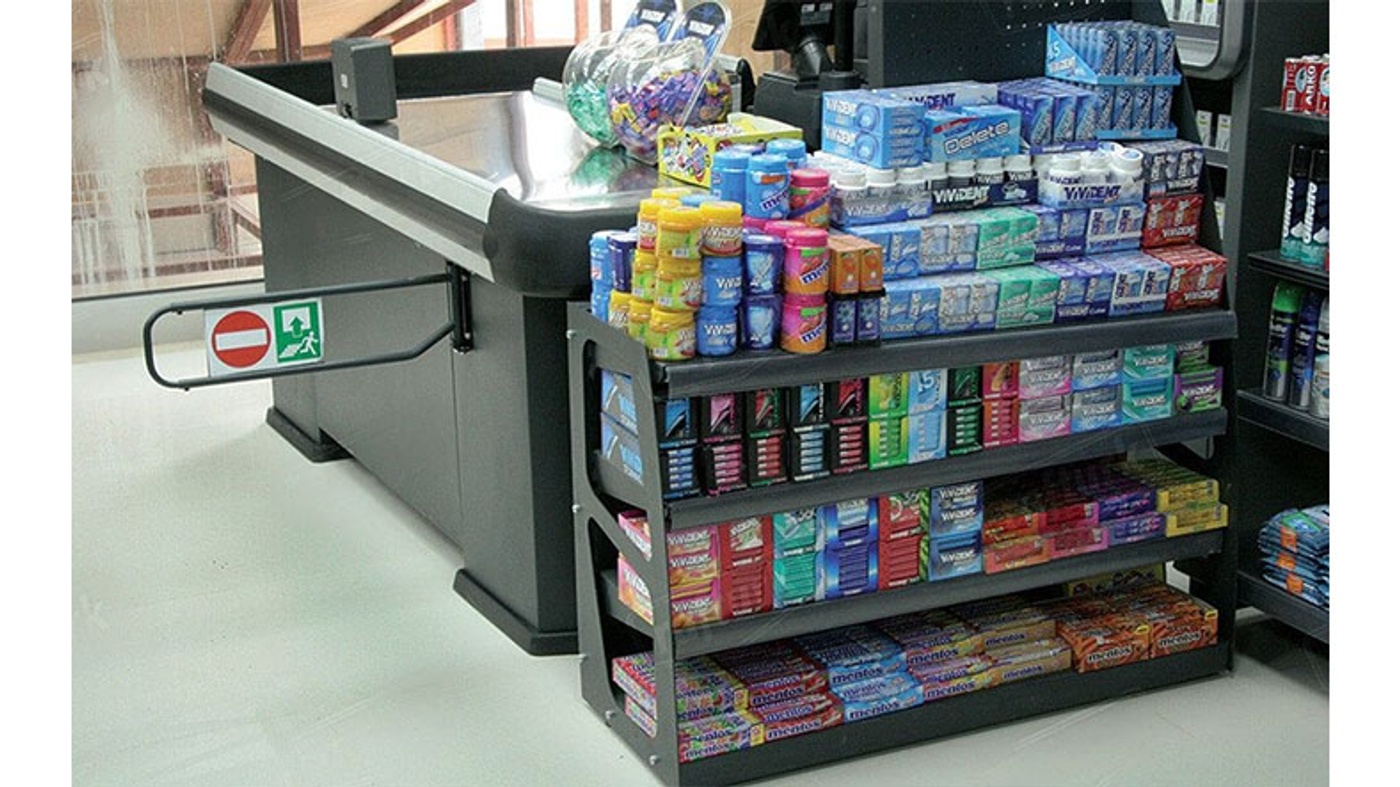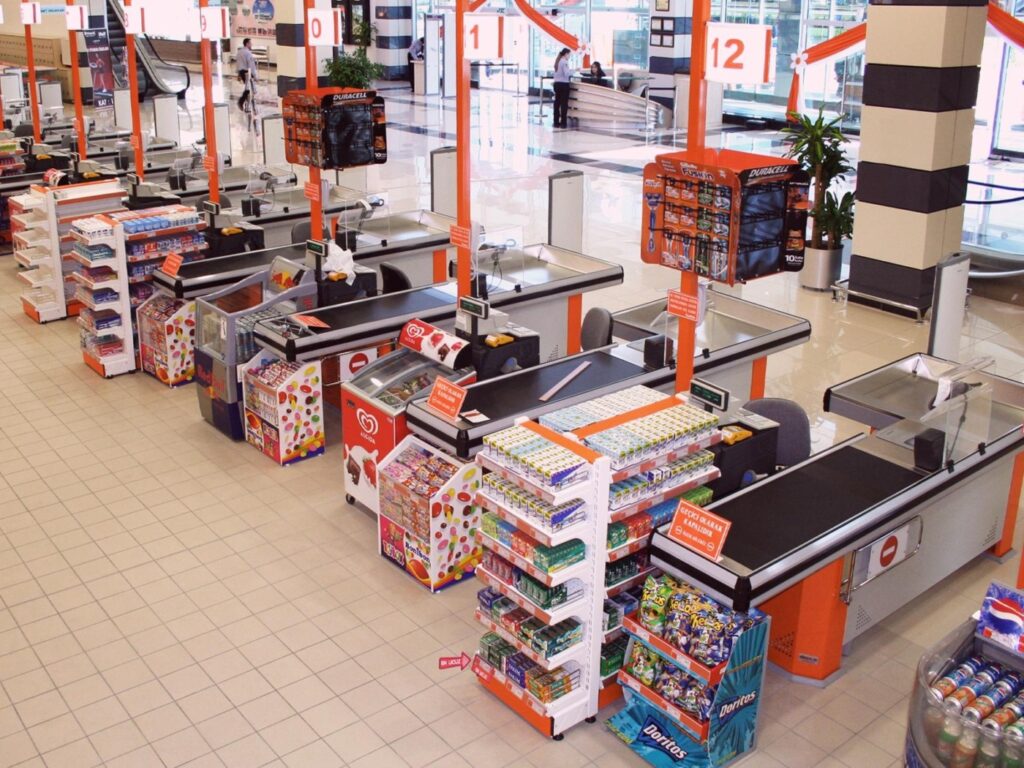While shopping, we usually add the products we need to our list, but as we approach the checkout, chocolates, gums, or discounted small products that catch our eye start to attract us. Why are these products there, and why do consumers fall into this trap so frequently? The answer lies in the checkout front sales strategy and its psychological foundations.
Impulse Purchases at Checkout

Checkout front sales strategy is one of the busiest areas in stores and supermarkets. The products displayed here are generally low-cost and have high impulse (snap decision) characteristics. The location of these products makes it likely that they will be added to the consumer’s shopping cart at the last minute.
Snack Purchases Near Checkout

Scientific research shows that people’s decision-making processes become exhausted after long shopping sessions, thus reducing their willpower. This leads to consumers surpassing their planned shopping lists and making impulse purchases, especially when they are tired and their decision-making capacity is depleted, making eye-catching and appealing products more easily added to the cart.
Similar tactics are observed on online shopping sites as well. When a product is added to the cart, suggestions such as ‘You may also like these‘ are typically offered. This is essentially a digital version of the physical stores’ checkout front strategy.
Attractive Promotions Next to the Checkout
The effectiveness of this strategy is not limited to small products like candy and gum. Various promotions and discounts are also offered in this area to encourage consumers to make larger purchases. For example, additional discounts or rewards like gift certificates are given for purchases over a certain amount.
However, the impact of this strategy on conscious consumers is diminishing. Being aware of such marketing tactics while shopping can prevent unnecessary expenditures. Simple methods like making a shopping list and buying only the listed items can be effective in controlling impulse purchases.
In conclusion, the checkout front sales strategy continues to be one of the most effective sales tactics in stores and supermarkets. Understanding these strategies and shopping consciously can help consumers avoid these traps.


